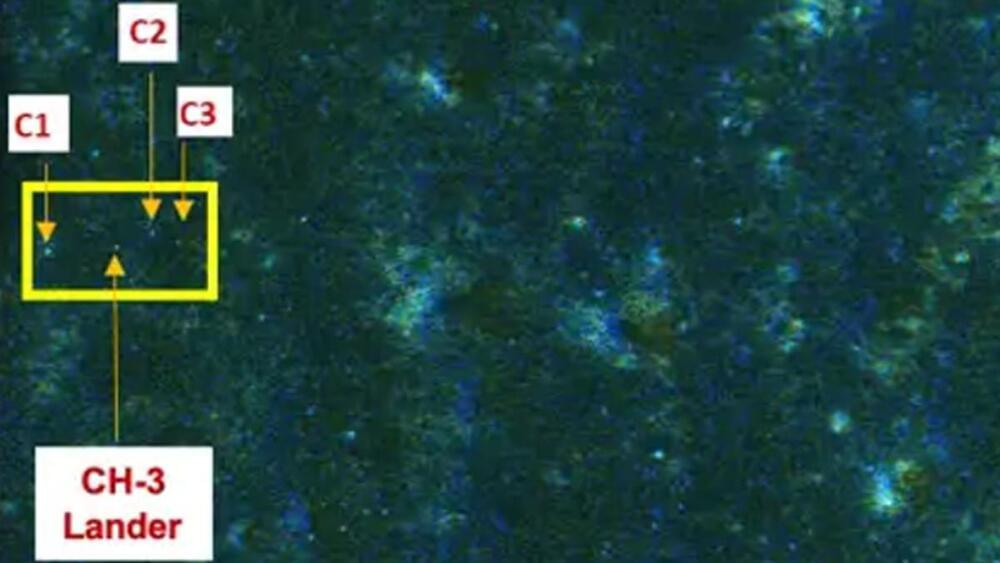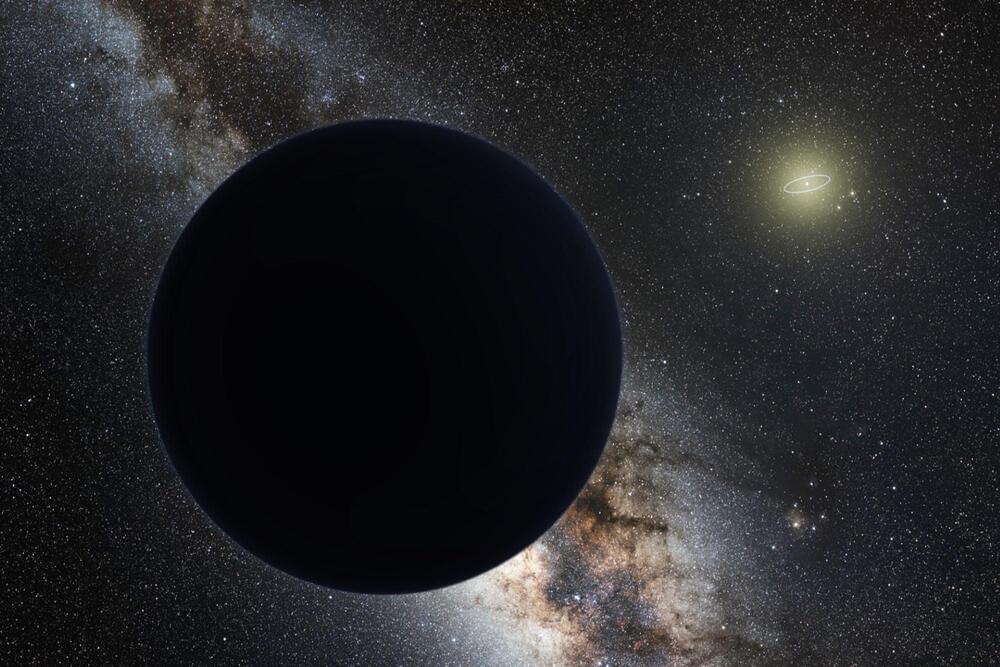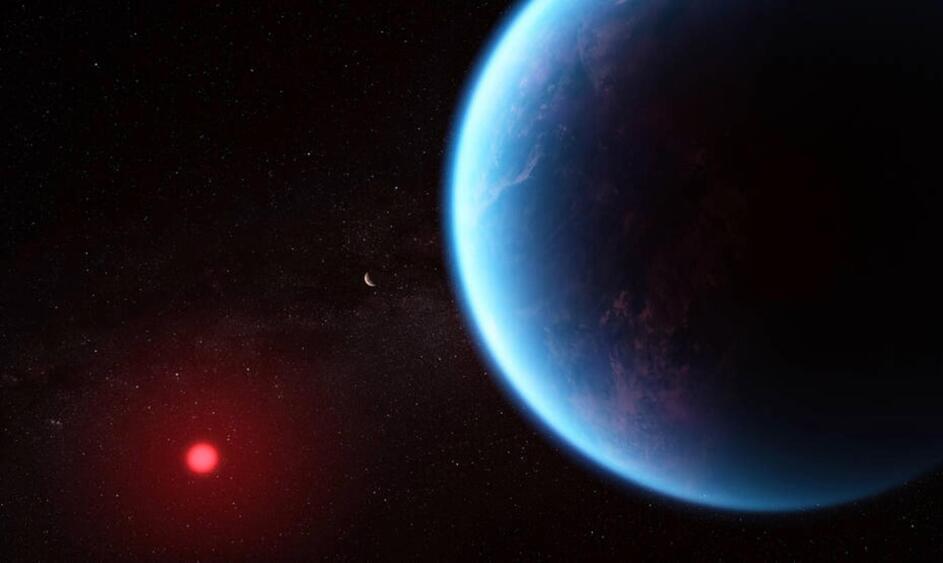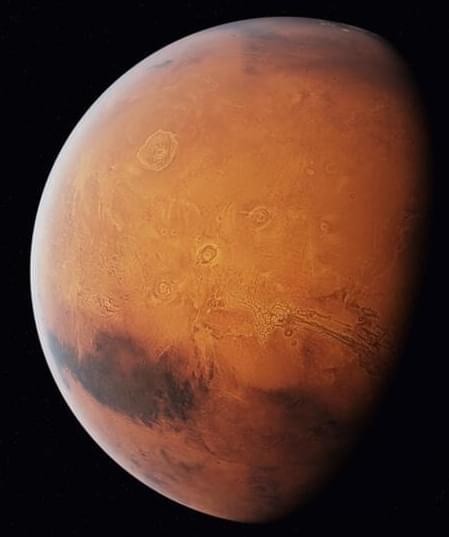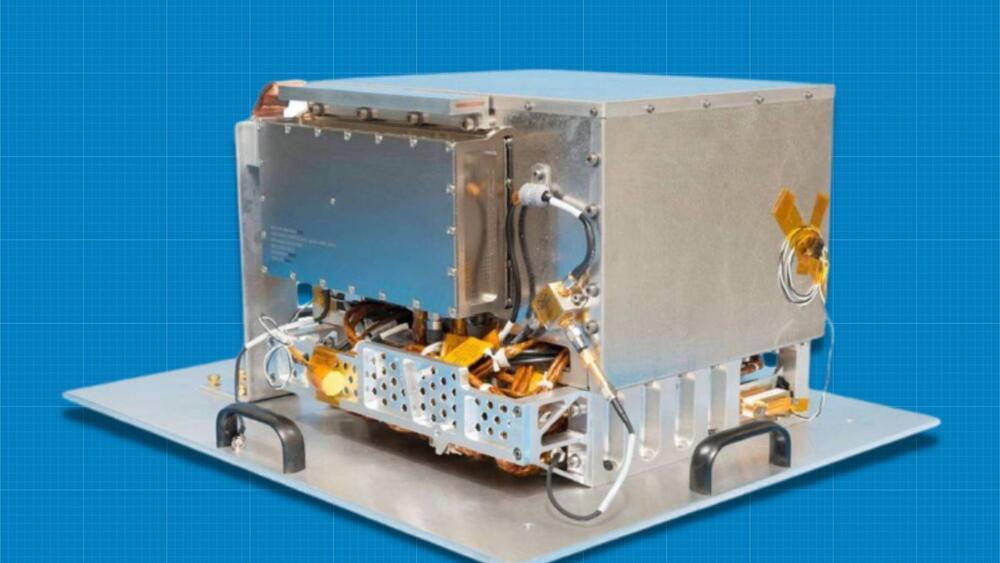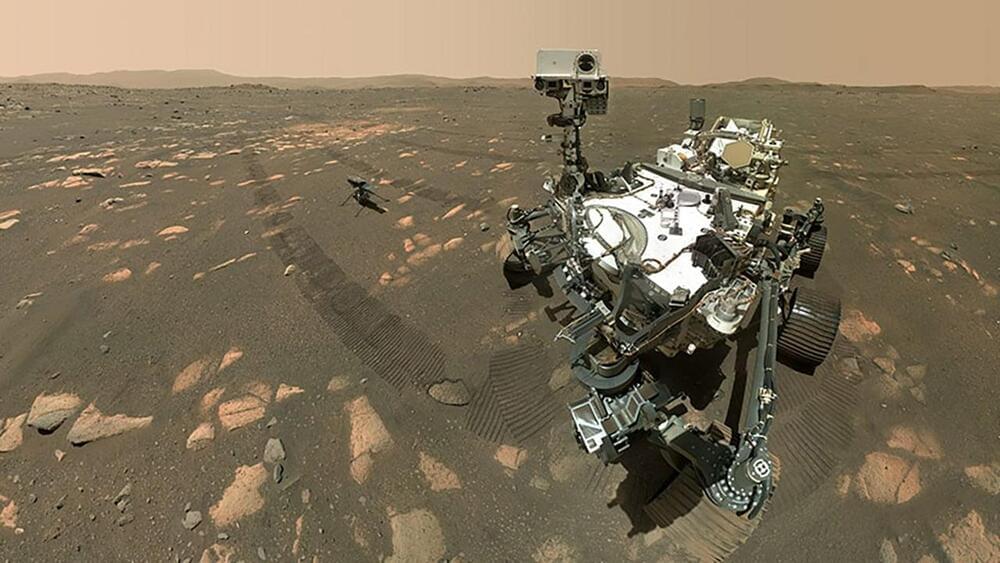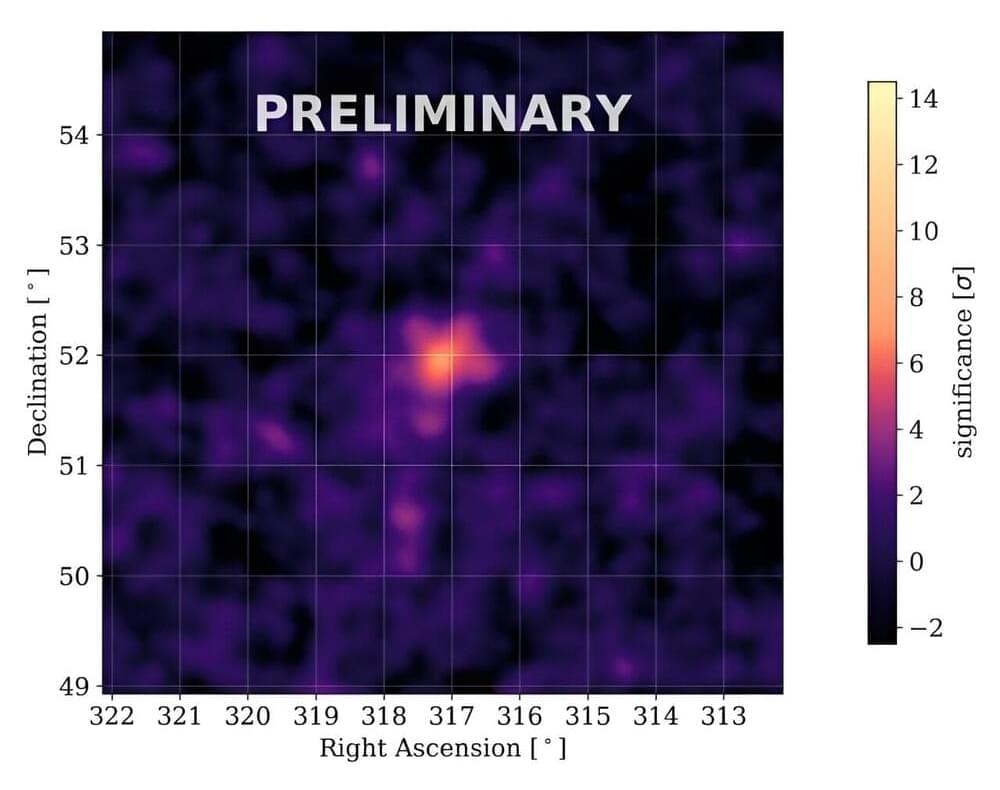Rubio surpassed the U.S. space endurance record of 355 days on Monday at the International Space Station. He arrived at the outpost last September with two Russians for a routine six months. But their stay was doubled after their Soyuz capsule developed a coolant leak while parked at the space station.
The trio will return to Earth on Sept. 27 in a replacement capsule that was sent up empty for the ride home. By then, Rubio will have spent 371 days in space, more than two weeks longer than Mark Vande Hei, the previous U.S. record holder for a single spaceflight. Russian cosmonaut Valeri Polyakov holds the world record of 437 days, set in the mid-1990s.

